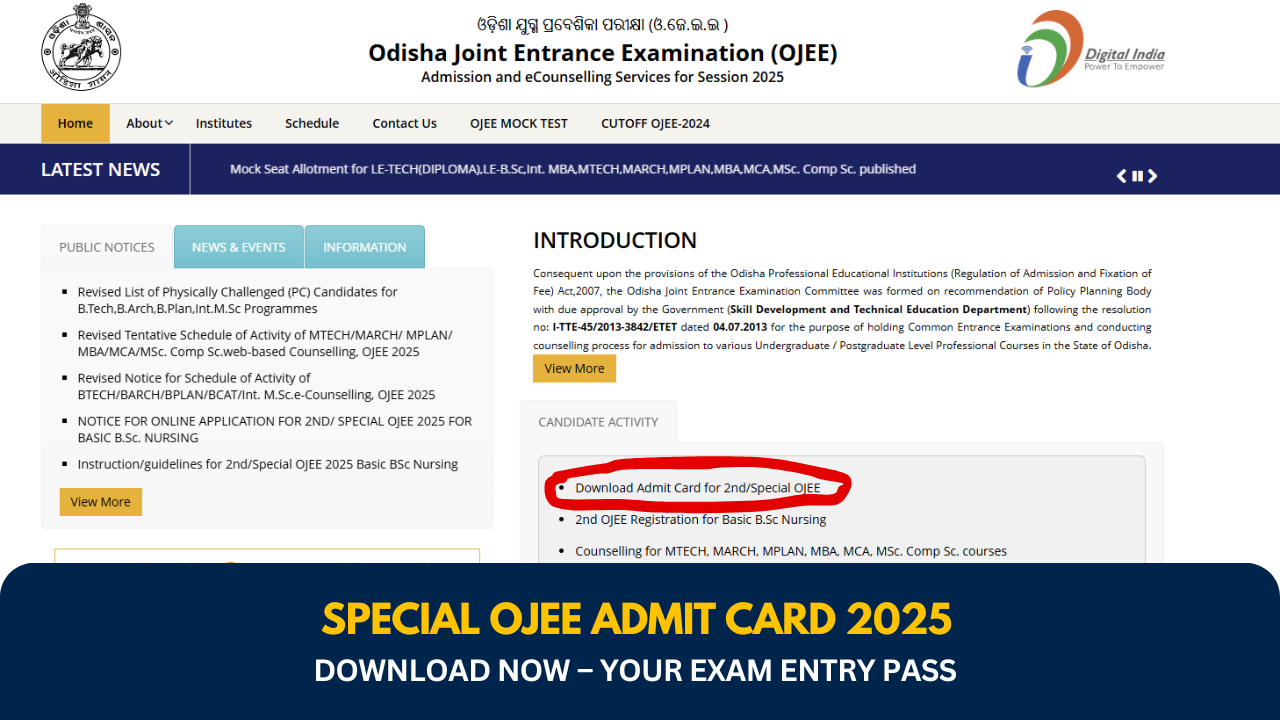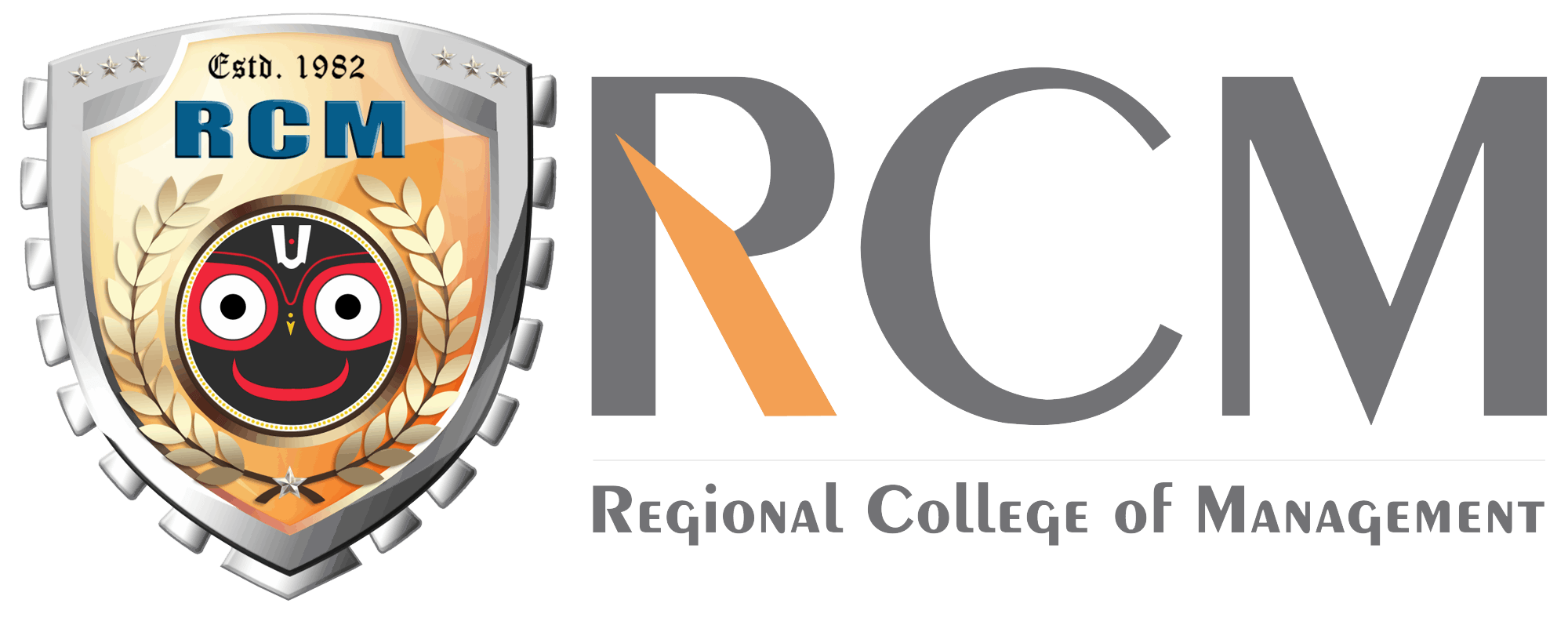Financial innovation transforms global markets by introducing advanced tools, enhancing risk management, and expanding capital access. In India, innovation fosters economic growth, diversifies financial instruments, and supports globalization. With evolving capital markets, financial engineering, and increased investor confidence, innovation drives resilience, efficiency, and competitiveness in today’s interconnected economic landscape.
Financial innovation drives global market evolution by introducing advanced tools, broadening capital access, and enhancing risk management. With globalization and technology, markets gain liquidity, investor confidence, and economic resilience. India’s reforms, financial engineering, and integration are shaping a dynamic financial landscape that supports sustainable growth despite emerging global and local challenges.
Financial markets across the globe have a new light of hope for them. With the advent of new and improved products and services occurring due to the rapid change of innovation, the financial market have improved by a wide range.
Broadening of financial assets and liabilities for potential beneficiaries have been given primary importance now. Risk management tools and the downfall of costs in financial intermediation is being given utmost importance with sufficient sophistication.
A breakthrough has been found as a way to channelize domestic and international savings; a way that has been taken up by several developing countries including India.
The growth of capital markets has had a chance of growing economically and financially in the face of adversities. Their ability to react sharply when faced with the changing economic times portray their flexibility and adaptive capabilities.
Financial instruments are made obsolete by various factors like taxes, regulation, information, asymmetries, transaction costs, and moral hazards. Through innovation, challenges are faced with new and tailor-made financial products that cater to the world’s changing needs.
Innovations in finance acts as an indicative to technical advances which facilitate access to information, trading and to the emergence of new financial instruments, new forms of organizations to develop financial markets.
Financial markets have been changing business paradigms and achieving milestones on a global basis. The revolution was led by the financial markets with an array of creativity and imagination.
Today, India has been upholding highest growth rates among countries now-a-days. The paradigm for the growth of economy has been drastically shifted. The growth has been so huge that it is expected to break shackles.
It is observed that despite highest level of internal resource generation and access to external borrowings, credit demand across sectors has picked up notably, resulting in enhancing investment rate to new heights.
With the growing competition, traditional product portfolios of financial institutions are replaced with complex products, giving birth to a new discipline known as “financial engineering”.
This rationale directs to reduce risks associated with existing product or firm’s financial risk, to reduce cost of firm’s fund-raising, to reduce the delivering cost of product/services, to reduce competition threat, to attract new customer-base by re-designing existing products, or to exploit market inefficiency.
FINANCIAL INNOVATION: Driving Forces Behind
Today, market is exposed to severe competition, and accordingly, financial institutions are constantly redefining their products and services possibly to regain the investors’ confidence. To create new customer base and to retain the existing customers, they continuously add new features/benefits in the existing products.
Again, domestic interest-rate became highly uncertain due to prevailing fiscal indiscipline and high inflation, thereby resulting to asset values volatility.
It was badly taken by individuals and institutions by protecting themselves against consequences of volatile asset prices, which instigated financial institutions to introduce new innovative products to meet changing demands and to hedge risk.
Globalization and securitization are immensely helpful in making financial innovations quite successful. An integrated economy makes the entire world a global village, where international trade and investment bring about the demand for cross-border financial services as a pillar for international capital markets.
The market is further united and made strengthened due to the emergence of banks and securities houses with global reach. Financial assets are designed to make them more liquid due to securitization, because of which new innovative assets are created to price them on a continuous basis.
Undoubtedly, all above driving forces had the common effects of sensitizing financial intermediaries and identifying risks. So, there is a new trend in the global scenario to give weightage to “managing risk” along with “managing assets”.
The effect of these forces on size & nature of financial market mechanism has been exciting with increasing foreign exchange transactions, hike in notional value of outstanding contracts on derivative instruments and growth in volume of cross-border securities transactions. It is a good sign of success to point out that large capital inflow provides resources for development purposes.
CAPITAL MARKET INNOVATION: The Red-Carpet Welcome
The success story on integration and sophistication of capital markets can be expressed in macro-economic and micro-economic ways. From the macro-economic side, capital market innovation has been facilitated with the availability of a list of assets to investors and borrowers.
Innovative financial instruments are backed by good response from the investors’ community worldwide due to reasons of more liquidity, more transparency, and attractive returns. It provides a variety of financial intermediation and ultimately builds investors’ confidence at large.
At the micro-economic level, capacity of financial intermediaries and end-users of financial markets is truly improved to manage risk with the up-coming of new developed timely sophisticated financial instruments.
Allocation of resources finds new destinations of better earnings with safety and security in the presence of better risk management. The pricing mechanisms of instruments with assurance of less risk factor are one more benefit to its credit. Improving pricing efficiency facilitates investment and arbitrage strategies, which play key role in market segments.
Henceforth, there is no doubt that they aid in giving substitutability, both domestically and internationally, while assuring liquidity as well as a strong and stable system.
But nobody can deny to the fact that all economic activities involve risks, so such a “state of the world” exposure is likely affecting the business establishments adversely.
CHALLENGES AHEAD FOR FINANCIAL MARKET
The strength of capital markets is upswing to generate and propagate shocks like stock market crash, unexpected price volatility trend, etc., which finally results to huge loss of investments.
There are 3 main types of challenges that monetary authorities face frequently.
- Micro-prudential challenges
- Macro-prudential challenges
- Macro-economic challenges
CONCLUSION
There is a constant unintentional balance in the marketing world. Where financial market prospects are slowing somewhere, they are escalating somewhere else.
Continuous exploration of scopes and values would stipulate a bright focus on budding opportunities, competencies, and leadership strategies. Financial innovation is an ultimate “driving force” of the financial system towards its objective of enhancing the results of “real economy”.
The economic reforms undertaken since 1991 have influenced both India’s industrial policy and external economic relations, enabling well established businesses to grow in allowing some new innovations to emerge and flourish.
A few prove to be of enormous help to Indian Businesses; others end up a huge amount of competitive pressure on them.
Time has come to focus benefits from broadening range of financial instruments, the greater availability of risk management products and the growing geographical integration of capital markets. The economy must address the driving financial innovation factors along with key features of emerging new financial landscape.
Prof. (Dr.) Sisira Kanti Mishra



















